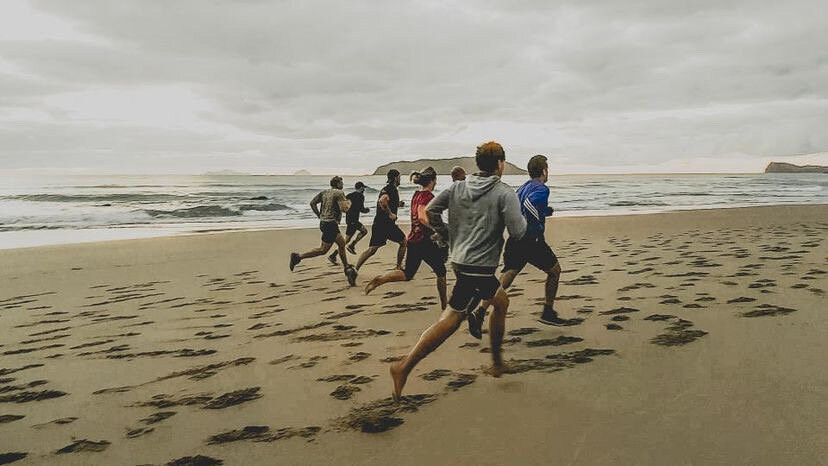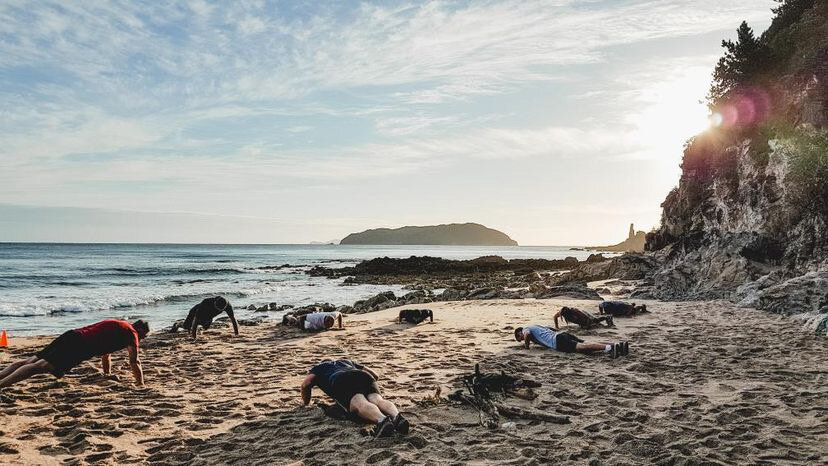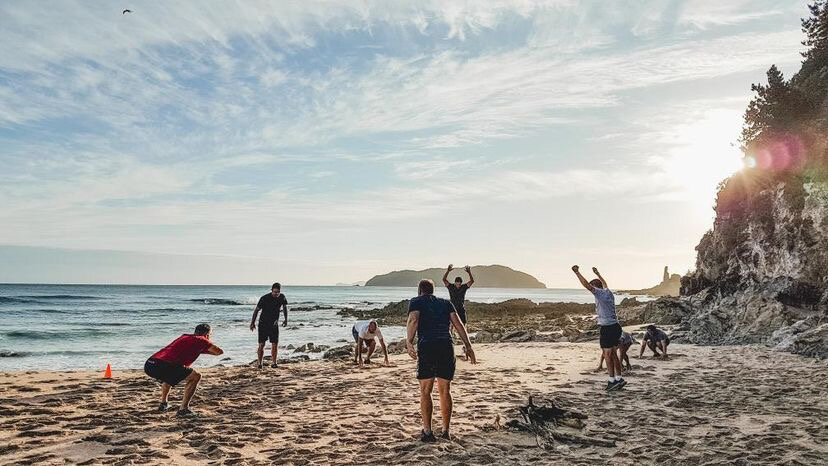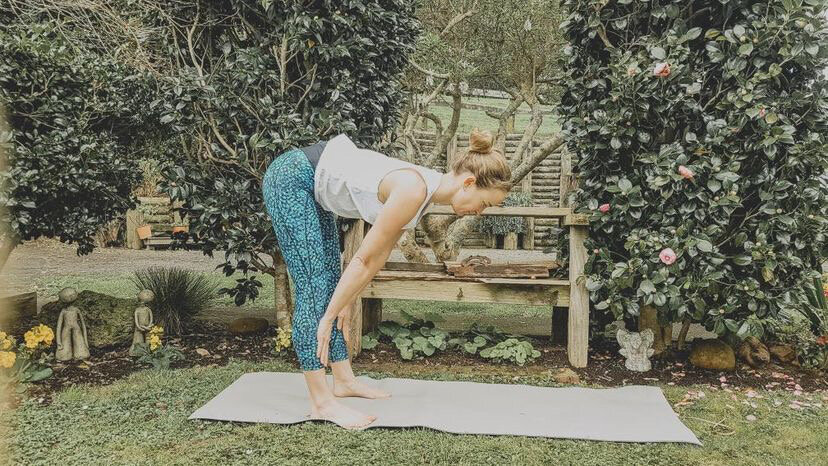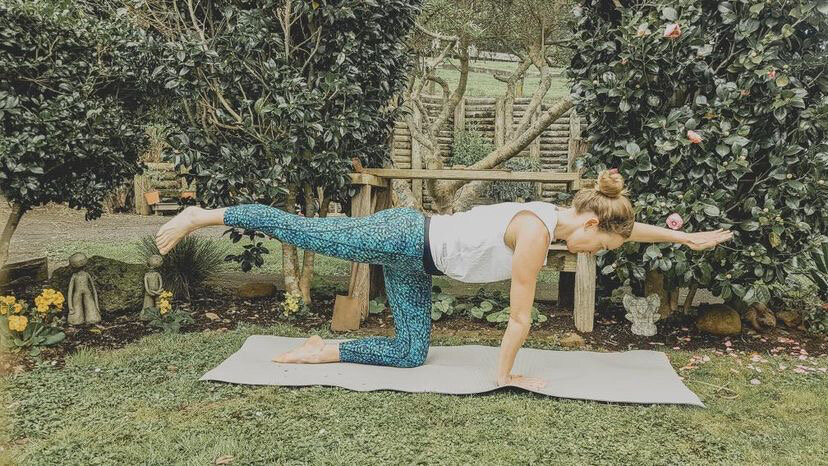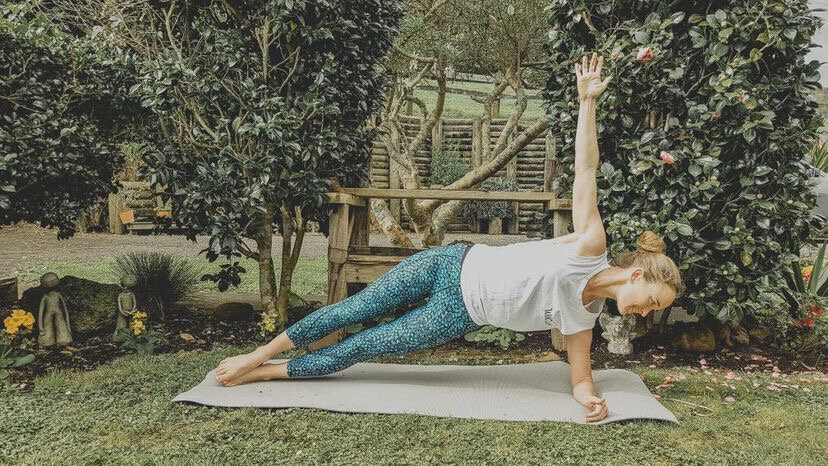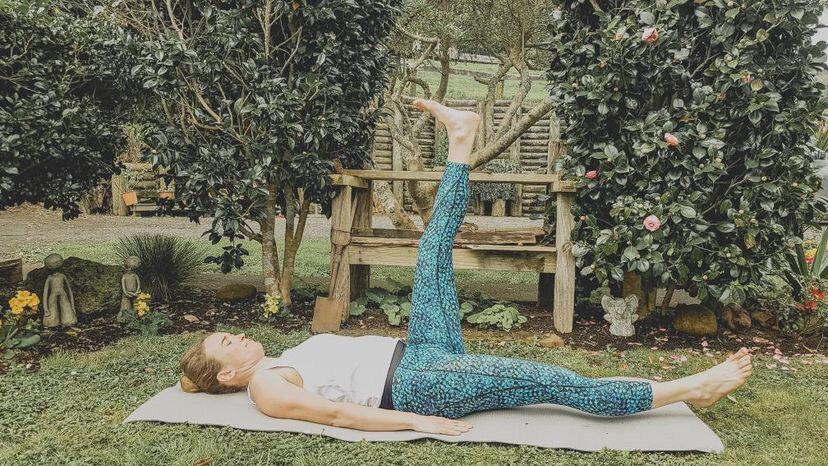Staying Fit When It’s Flat
By @Nicki_Munro
Have you ever felt like your surf fitness was on-point right after a period of constant swell, only to feel it drop away after a few weeks with a flat sea? It’s like a constant see-saw of ups and downs, difficult to maintain a steady level of fitness, let alone consistently improve. That’s the unique challenge of surfing, and the difference from other sports having a constant platform or terrain to train with.
So, when you stare out at a building swell (with matching anxiety levels), knowing you haven’t done anything for a few weeks, and speculating if you’re going to make it out the back (let alone catch plenty of waves), well, you might be wondering what you could have done to maintain or develop your surf fitness.
That topic could be a good 5000+ word essay, but there are some key aspects we can focus on. Let’s talk about that, with a few examples you can start using today.
Mobility and Stability are the foundations you should be building the rest of your fitness components on. Work on the core and shoulders first.
Muscular Endurance: These are resistance exercises with a lighter weight range that allow for high repetitions. Some of the key exercises for surfing are push-ups, pull-ups, bent-over rows, and straight-arm pull-downs for the shoulders, arms, and back. Plank-reaches, bird-dog variations, squats, and lunge variations are good to work on for the lower-body and core.
Power, Agility, and Speed for any surfer is needed for a strong paddle into a wave, and the pop-up. Once you’re wave-riding, power and agility also becomes important for powerful turns and manoeuvres. Burpees are great for this, as are push-up claps, surfer squats, box jumps, and jumping lunges.
Anaerobic endurance: Anyone who surfs will benefit from a good base level of aerobic (with oxygen) fitness. And this is needed to start training anaerobically (without oxygen), otherwise putting yourself through some serious discomfort. The ability to use anaerobic fitness for those short, fast paddle sessions to get into a wave and paddle back out repeatedly, is probably the most key component attributed to fitness (not skill) that will determine how many waves you catch, and how long you’ll be able to stay out for.
This can be trained by replicating the work-to-rest ratio of surfing and working at a high intensity for your work periods (paddling), and having active rest (wave-riding), or passive rest (waiting for a wave). You could do this with something as simple as sprints, or make it more specific by using battle ropes, skipping ropes, resistance bands, or even swimming as your work period.
Putting it all into the FITT Principal
You don’t have to be a genius to know that one work-out session isn’t going to make you hit your targets. FITT stands for Frequency, Intensity, Type, and Time and is applied when creating training plans and programmes to reach a person’s goals. Different components (what we talked about above) have different FITT applications to stimulate the response needed for adaptations i.e. make progress.
I’m currently creating these programmes to run in-person (locally) and online. A blueprint to create surf fitness adaptations so that surfers can stay fit when it’s flat / lockdown / away from the coast, or when they just want to build on what they’re already doing in the water.
It’s true that the best thing you can do for your surfing, is surf more. But when that’s not realistic, or you want to improve your fitness through strength and conditioning – land-based training is possible. Then, when that next swell arrives, your proactivity will pay off as you head towards the water with confidence, fitness, and focused on the enjoyment of riding your next wave.
Follow @wiic.co and @CrossSurf on Instagram for more tips and updates on these upcoming programmes.


